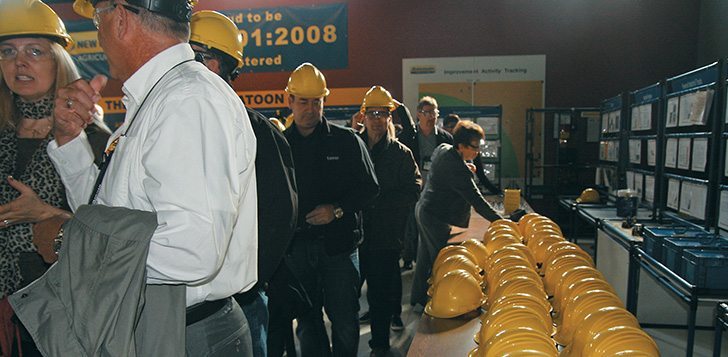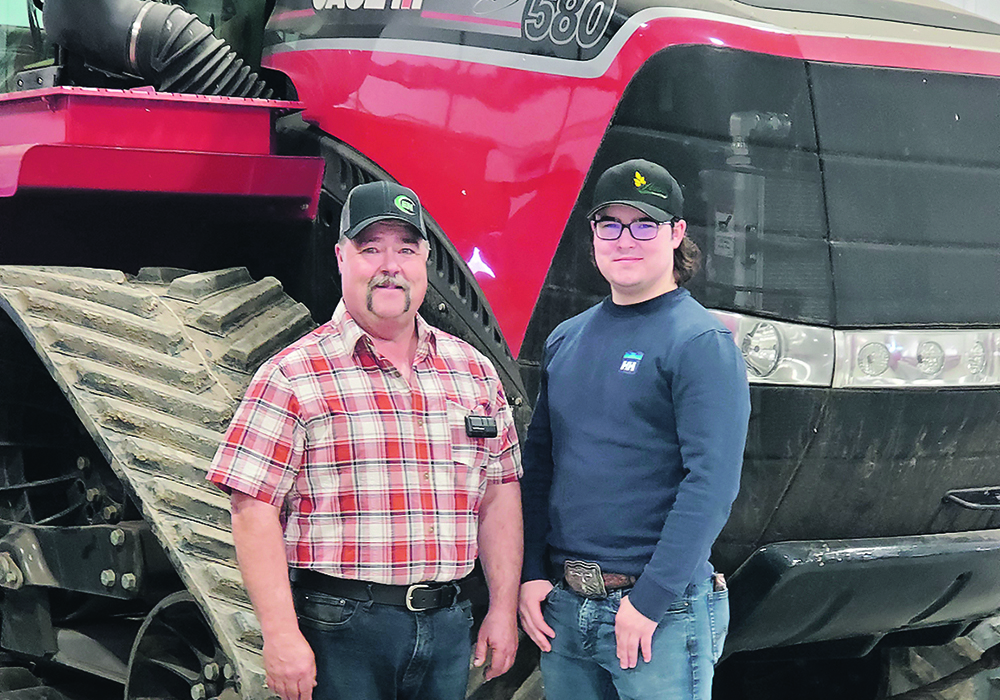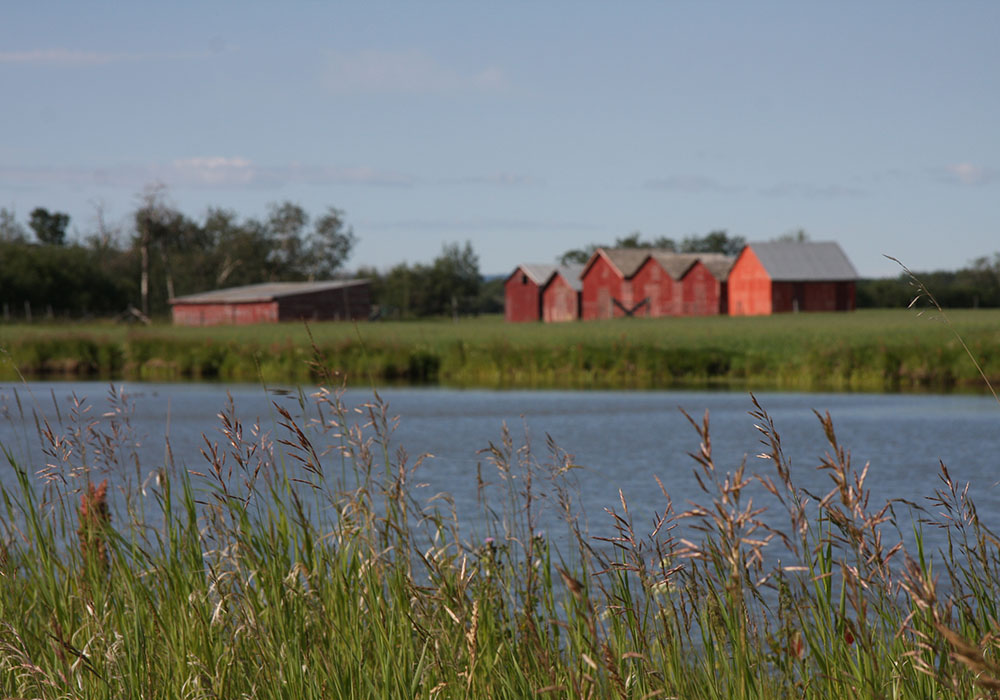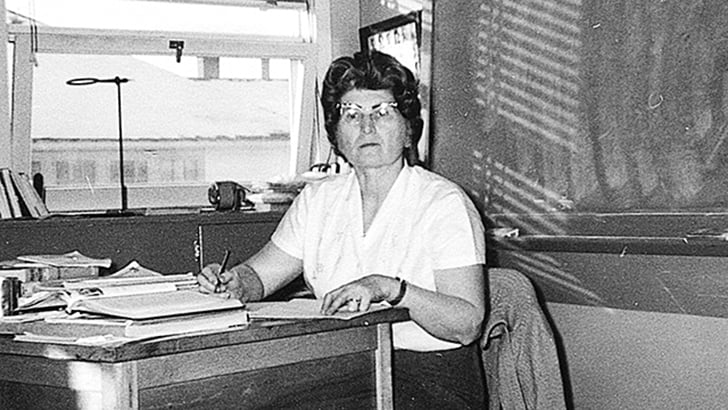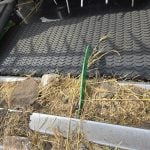Children in the tractor with Grandpa might make a good photo, but safety specialists advise against keeping them near farm equipment when working.
Canadian Agricultural Injury Reporting says one-to-four-year-olds and 60-to-69-year-olds account for the second highest number of runover deaths in Canada.
Dean Anderson, chair of the Canadian Agricultural Safety Association, expressed his frustration with the number of young children killed and injured on the farm during the association’s annual conference in Saskatoon Oct. 5-8.
“There are other ways of indoctrinating children into the life of a farmer without endangering them,” Anderson said.
Read Also

A power of attorney document may no longer be enough
Recently, some financial institutions have begun imposing their own internal form of “verification” requirement with respect to powers of attorney.
“In my mind, we put those individuals in those situations, we are taking those one, two and three years old and putting them in that situation.… Kids don’t have a place there.”
Don Voaklander, director of the Injury Prevention Centre, grew up on a farm and knows it’s part of the culture.
“But it’s just not healthy. Things can go wrong so quickly,” he said.
“Riding in the tractor with Grandpa is great family bonding, but it’s just not safe.… Keep them away when the work is being done.”
He said farming is among the top five most dangerous occupations.
“We have to keep hammering home the message that children don’t have a place in the workplace or in the vicinity where work is being done. You wouldn’t take your kids to a construction site. There are laws against that,” said Voaklander.
Anderson said statistical data is not enough to convey the safety message and suggested working with groups such as B.C.’s Farm and Ranch Safety and Health Association and Ontario’s Workplace Safety and Prevention Services and identifying champions locally such as public health officials.
“We have to try not to focus on the negatives but need to find ways to encourage them,” said Anderson.
He said child care or lack of it may be one reason children are near farm work. He suggested creating safe places for children in areas that are separated and/or fenced off from work zones.
Anderson also recommended farm yard signs to warn incoming vehicles that children are present.
He recommended giving children duties in a safe area where they can be monitored.
Adults need to be aware of blind spots on machines, do walk-abouts before firing up the tractor and realize that risks escalate during busier periods.
“They’re big and busy and a lot of things are moving around, and when harvest hits, it’s fast and furious … so people get into a panicked mode and are forgetting where some of the focus should be,” Anderson said.
Voaklander said farm injury and fatality rates are declining, largely because of newer equipment with rollover protection and safety guards.
Elderly farmers remain at high risk, often because they choose machinery they are familiar with that might not contain modern safety innovations.
He said most accidents occur in the field and farmyard, predictably during the growing season, so it’s important to maintain good communication with others and check in regularly.
“They could be saved if someone knew they were injured,” Voaklander said.

